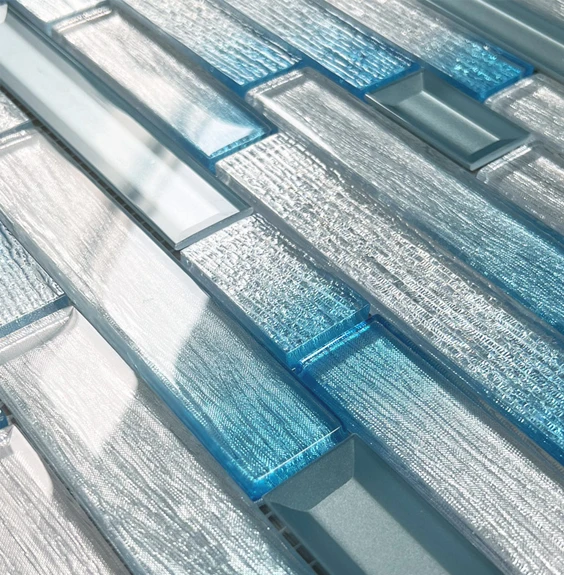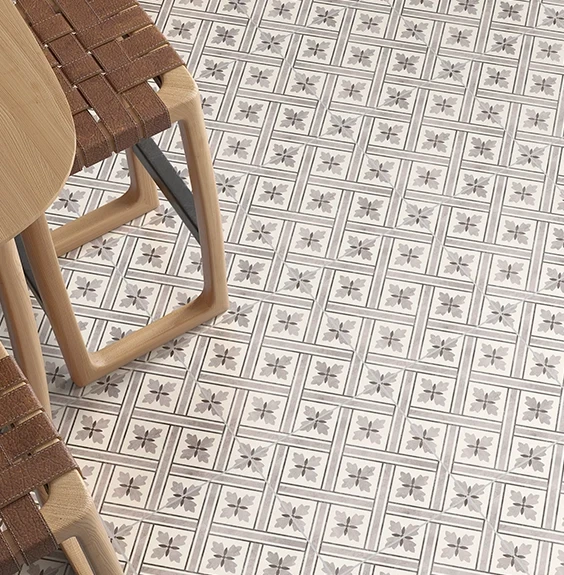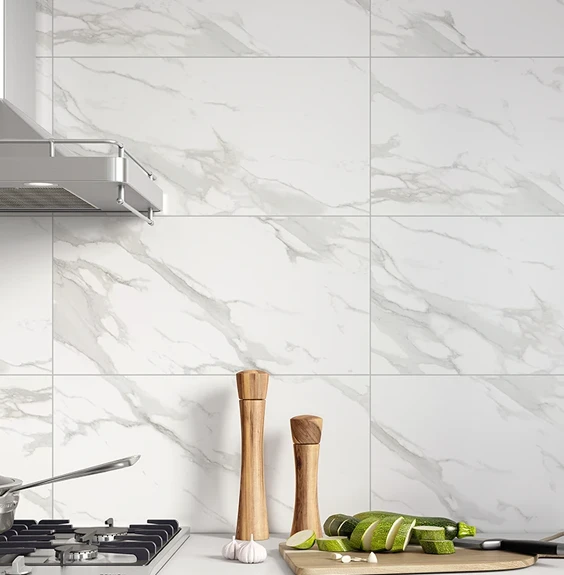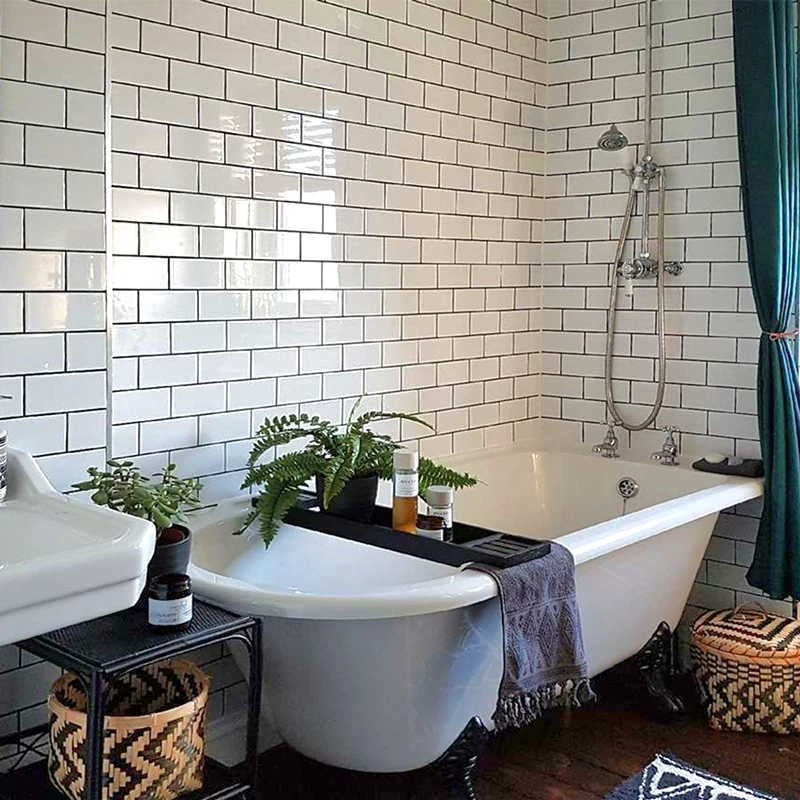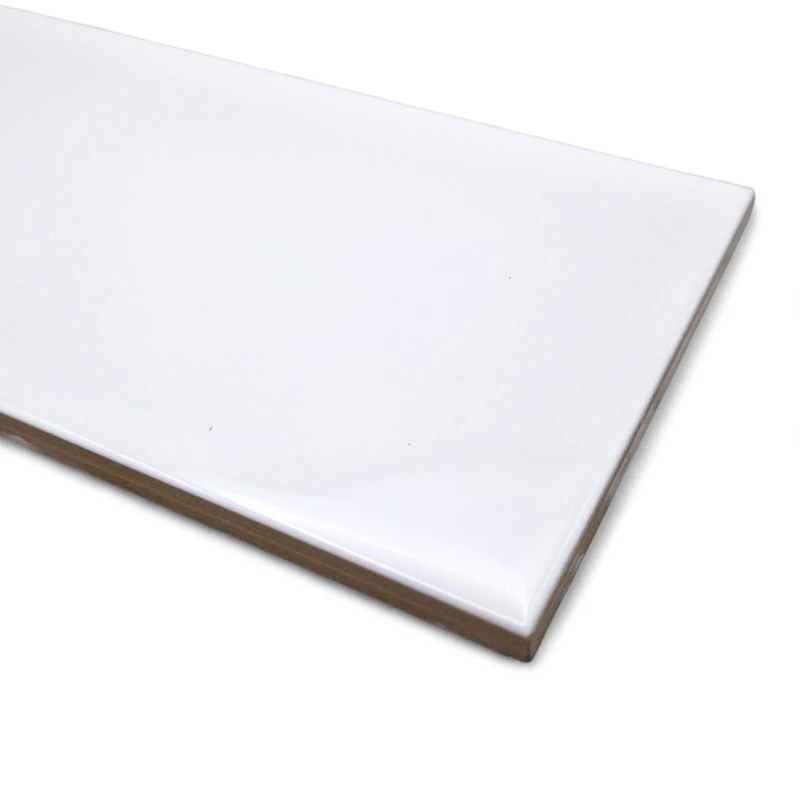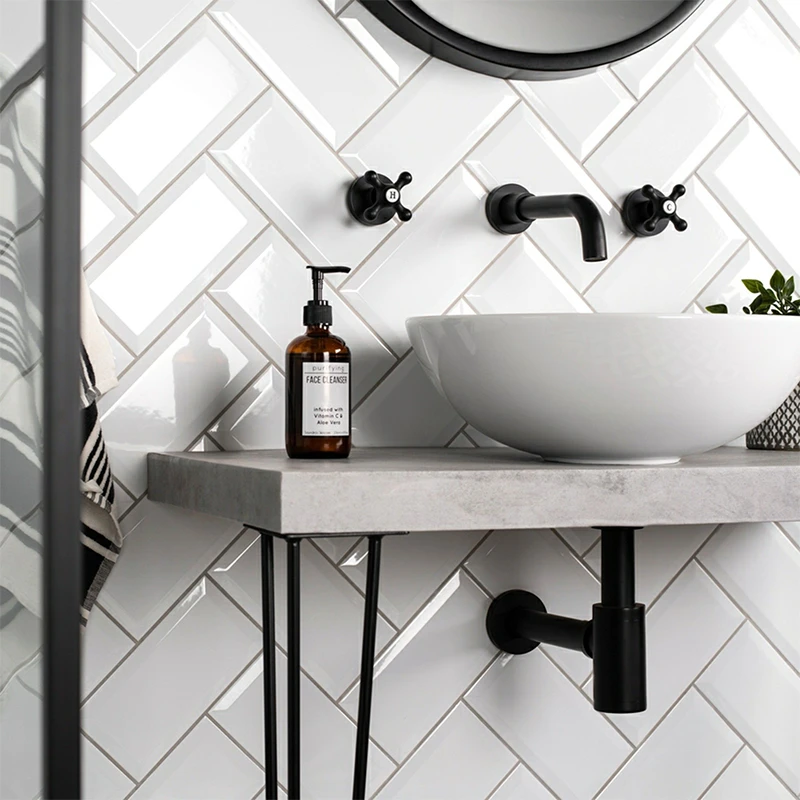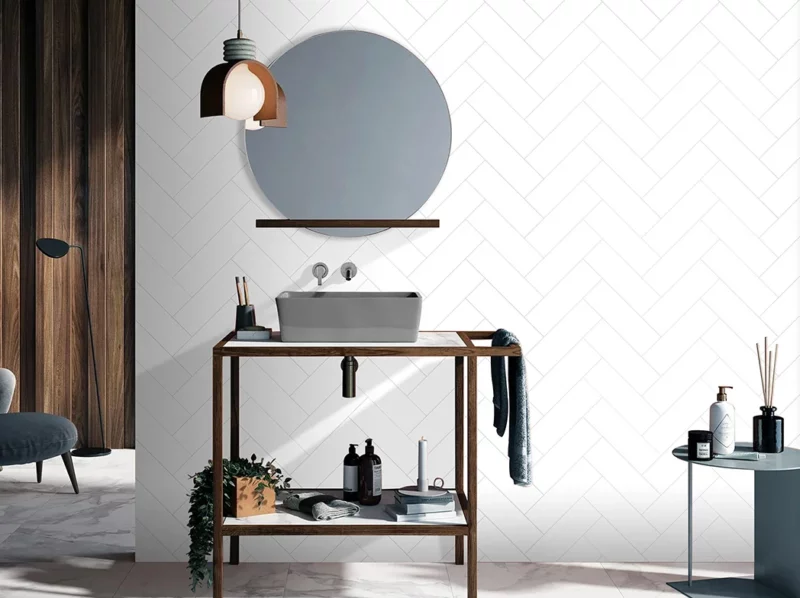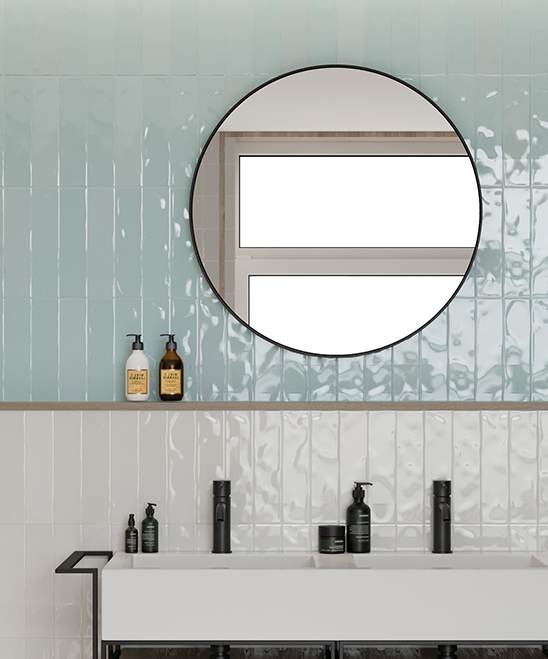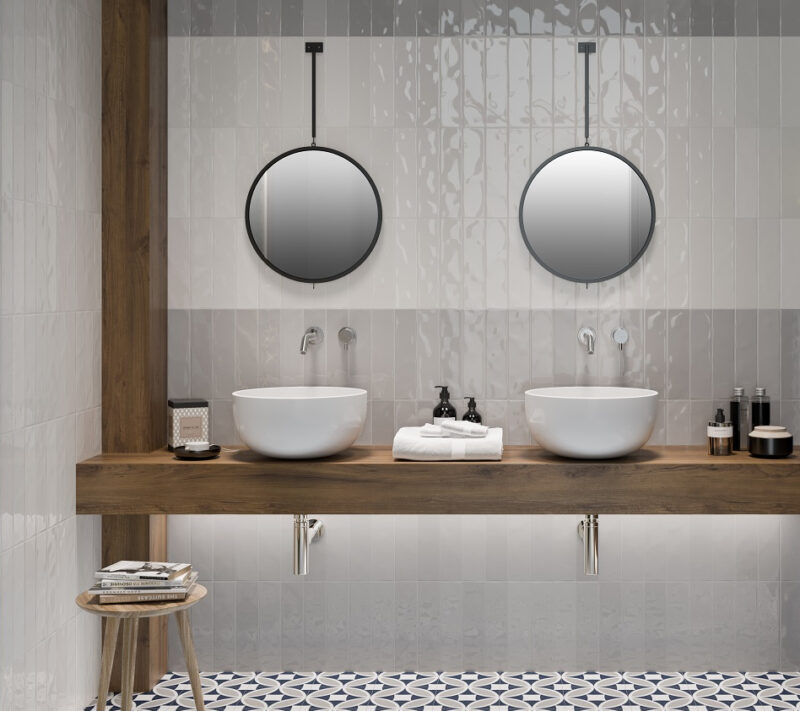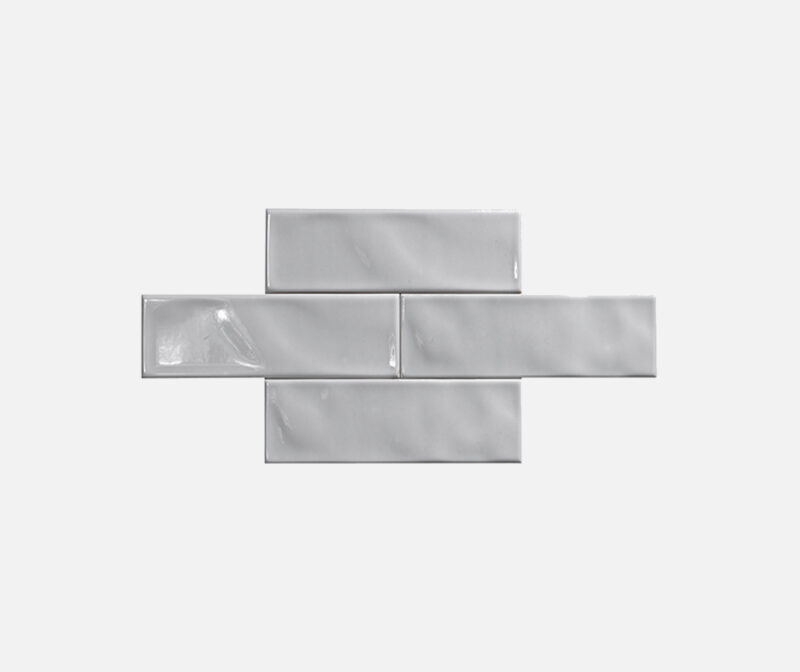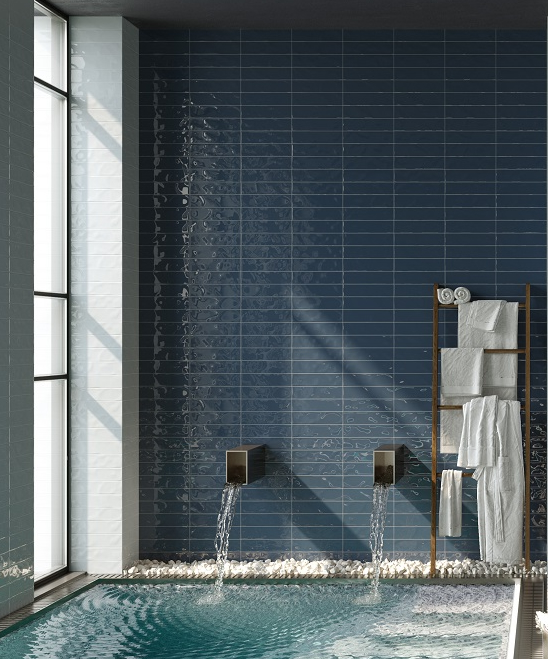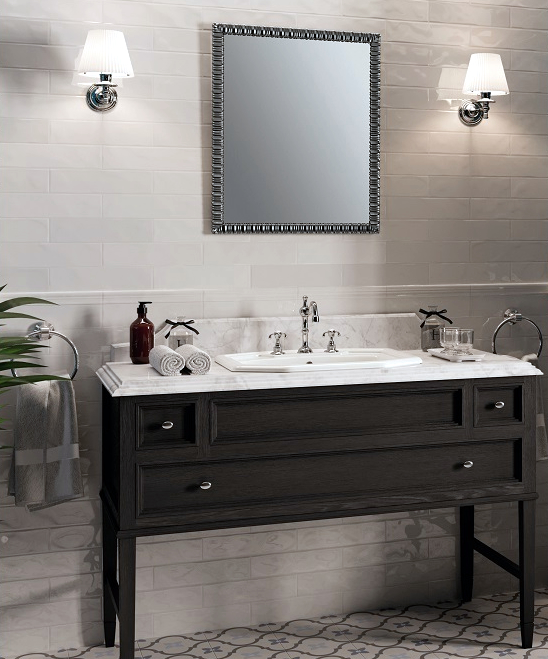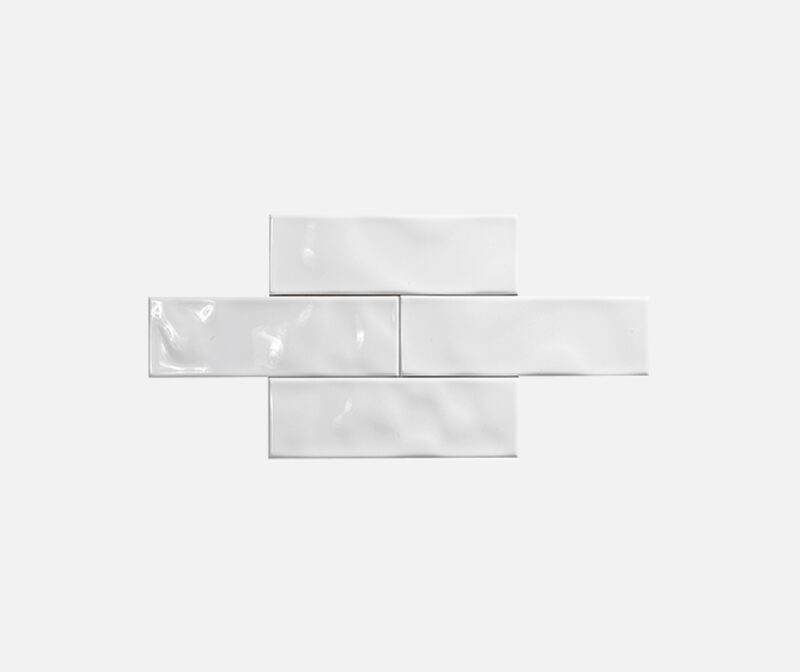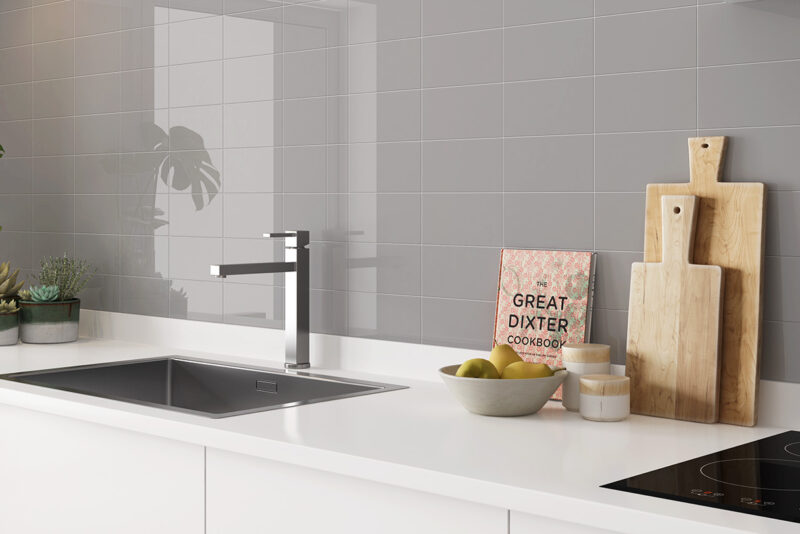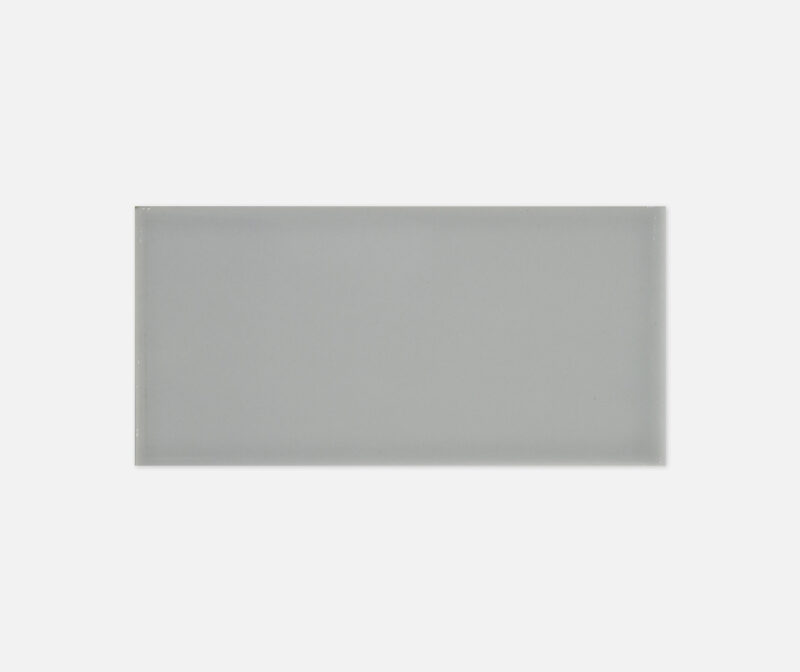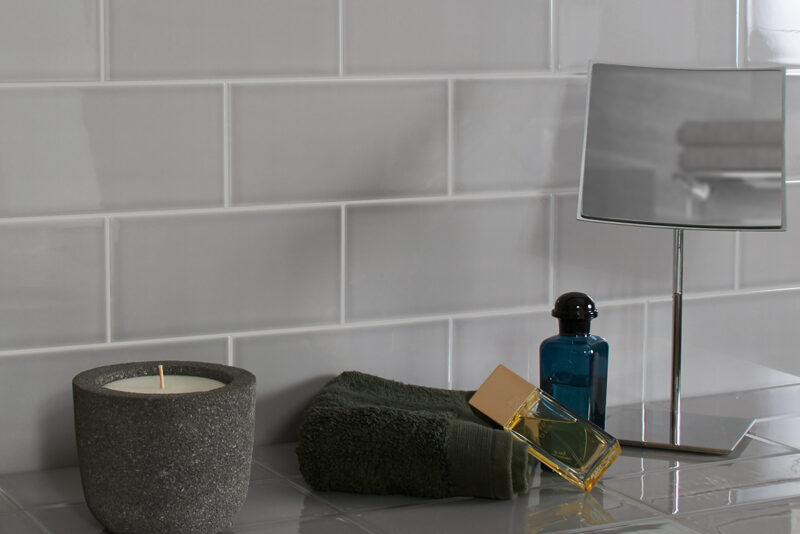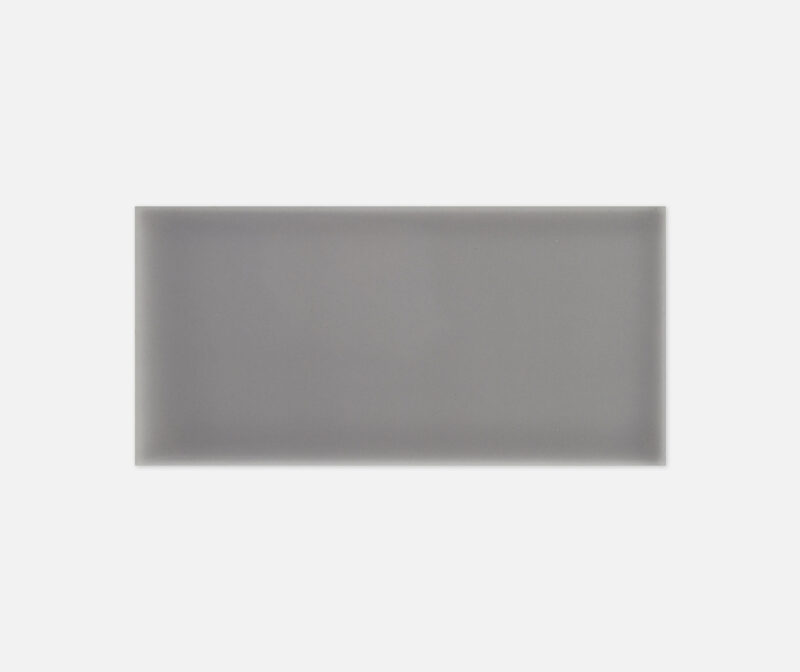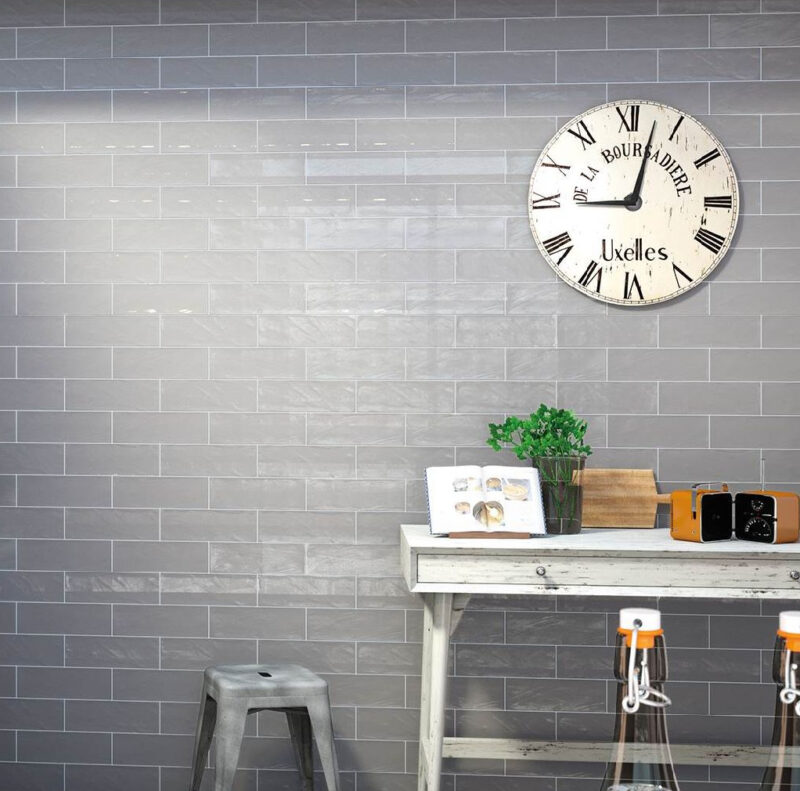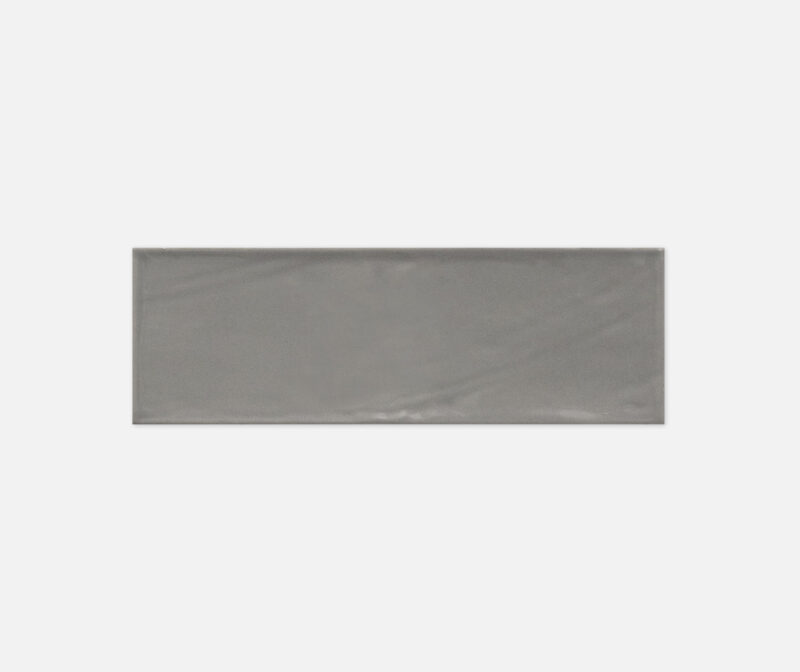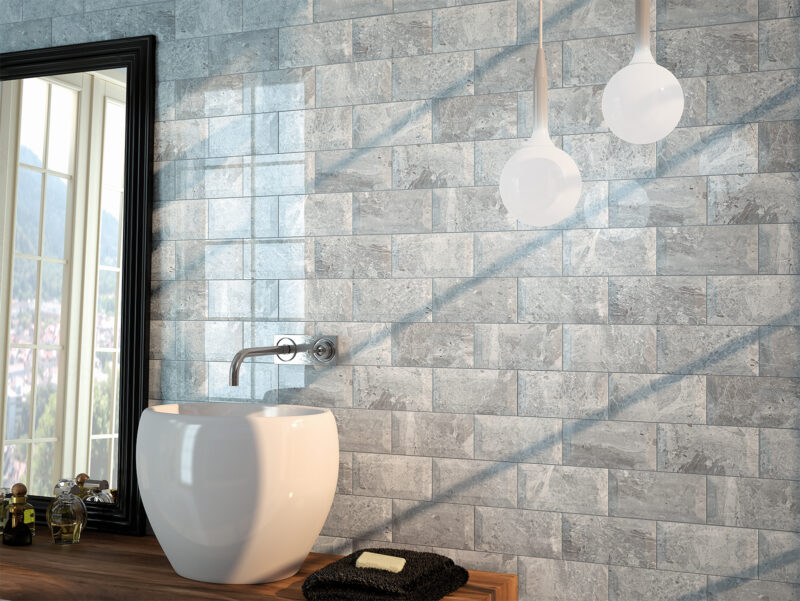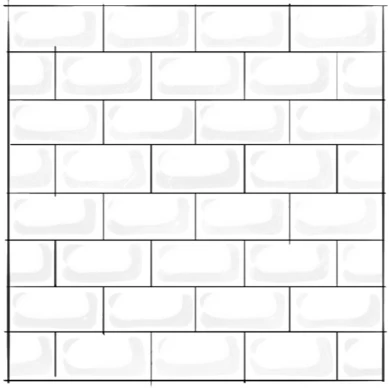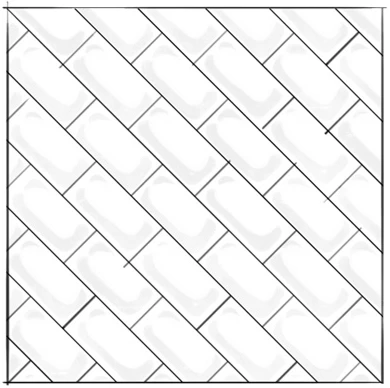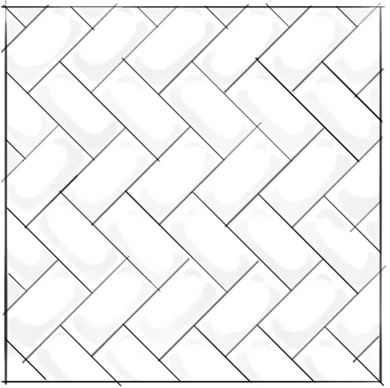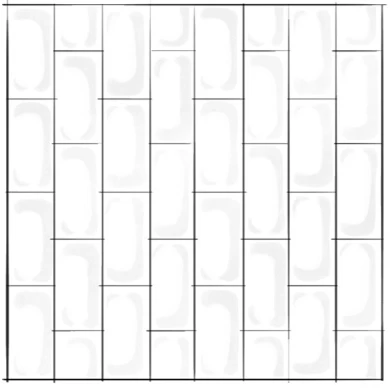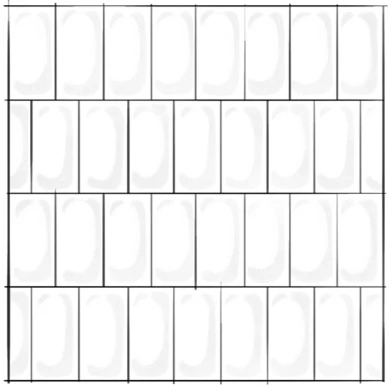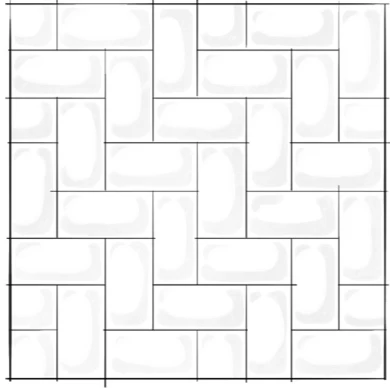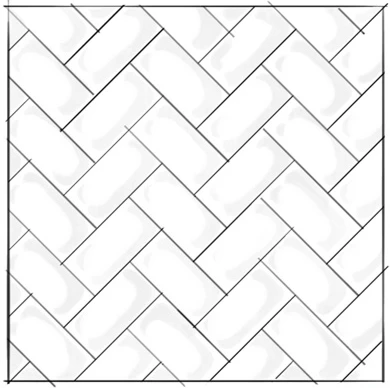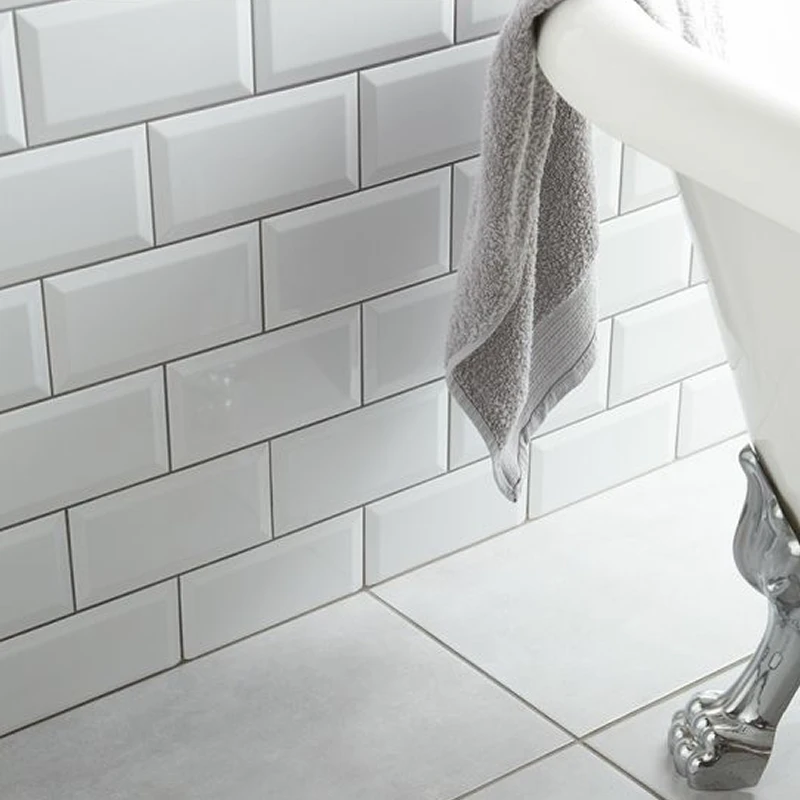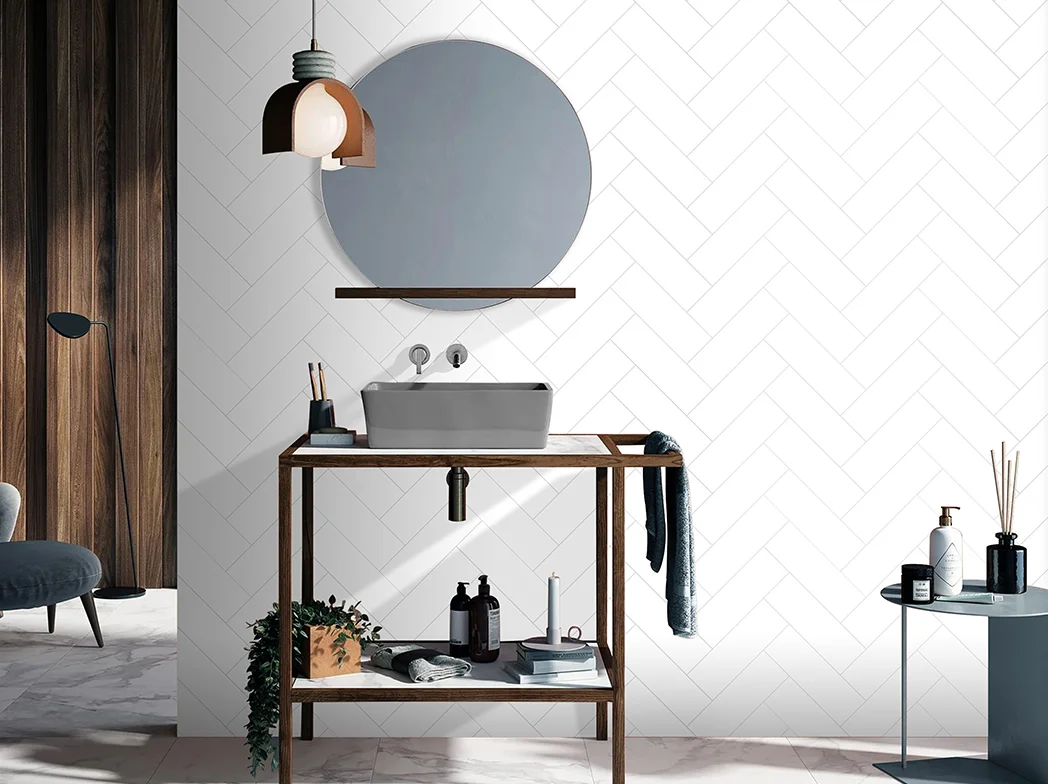Subway Tile Layouts
Subway Tiles
 Subway tiles, originally known for adorning the walls of subway stations in New York City during the early 20th century, have transcended their utilitarian origins to become an enduring icon of interior design. Renowned for their versatility, durability, and timeless appeal, subway metro tiles continue to grace kitchens, bathrooms, and other living spaces with their understated elegance and classic charm.
Subway tiles, originally known for adorning the walls of subway stations in New York City during the early 20th century, have transcended their utilitarian origins to become an enduring icon of interior design. Renowned for their versatility, durability, and timeless appeal, subway metro tiles continue to grace kitchens, bathrooms, and other living spaces with their understated elegance and classic charm.
Historically, subway tiles were first introduced in the early 1900s as a practical solution for covering the walls of the newly constructed New York City subway stations. The architect George C. Heins is credited with the design, which featured simple, rectangular ceramic tiles measuring 3 inches by 6 inches. This distinctive layout, characterized by clean lines and minimal grout joints, not only facilitated easy cleaning but also contributed to the illusion of spaciousness within the confined subway stations—a design principle that remains relevant in contemporary interior spaces.
Metro tiles are characterized by their rectangular shape, typically measuring 3 inches by 6 inches, although variations in size, such as 2 inches by 4 inches or 4 inches by 8 inches, are also common. They are traditionally made from ceramic, but modern iterations are available in a range of materials, including porcelain, glass, and even natural stone, offering homeowners and designers a diverse palette of textures and finishes to choose from.
One of the most appealing aspects of subway tiles is their versatility in design. Their simple yet elegant aesthetic complements a wide array of interior styles, from traditional to modern, making them a popular choice for both residential and commercial spaces. Whether used as a classic white backdrop or in bold colors and patterns, subway tiles can effortlessly enhance the visual appeal of any room.
In addition to their aesthetic appeal, subway metro tiles are prized for their practical benefits. Their smooth, glazed surface is resistant to stains and moisture, making them an ideal choice for high-traffic areas such as kitchens and bathrooms. Furthermore, the uniformity of subway tile installations creates a seamless and cohesive look that can visually enlarge a space—a valuable asset in smaller or cramped interiors.
Another advantage of metro tiles is their ease of maintenance. Unlike other types of wall coverings that may require special cleaning products or techniques, subway tiles can be easily wiped clean with a damp cloth and mild detergent, ensuring that they retain their pristine appearance for years to come. This low-maintenance characteristic makes metro tiles a practical and cost-effective option for homeowners seeking both style and functionality in their interiors.
In recent years, subway tiles have experienced a resurgence in popularity, spurred by the revival of vintage and retro design trends. Their timeless appeal, coupled with their ability to evoke a sense of nostalgia for the past, has made them a favored choice among homeowners and designers alike. Whether used as a classic subway tile backsplash in a kitchen or as a contemporary accent wall in a bathroom, subway tiles continue to captivate with their enduring charm and versatility.
In conclusion, subway tiles remain a quintessential element of interior design, beloved for their timeless elegance, versatility, and practicality. From their humble beginnings in New York City’s subway stations to their ubiquitous presence in modern homes and commercial spaces, subway tiles have cemented their status as a design classic that transcends trends and stands the test of time. Whether adorning the walls of a bustling kitchen or creating a serene oasis in a bathroom, subway tiles continue to captivate with their simple yet sophisticated allure, proving that good design is truly timeless.
